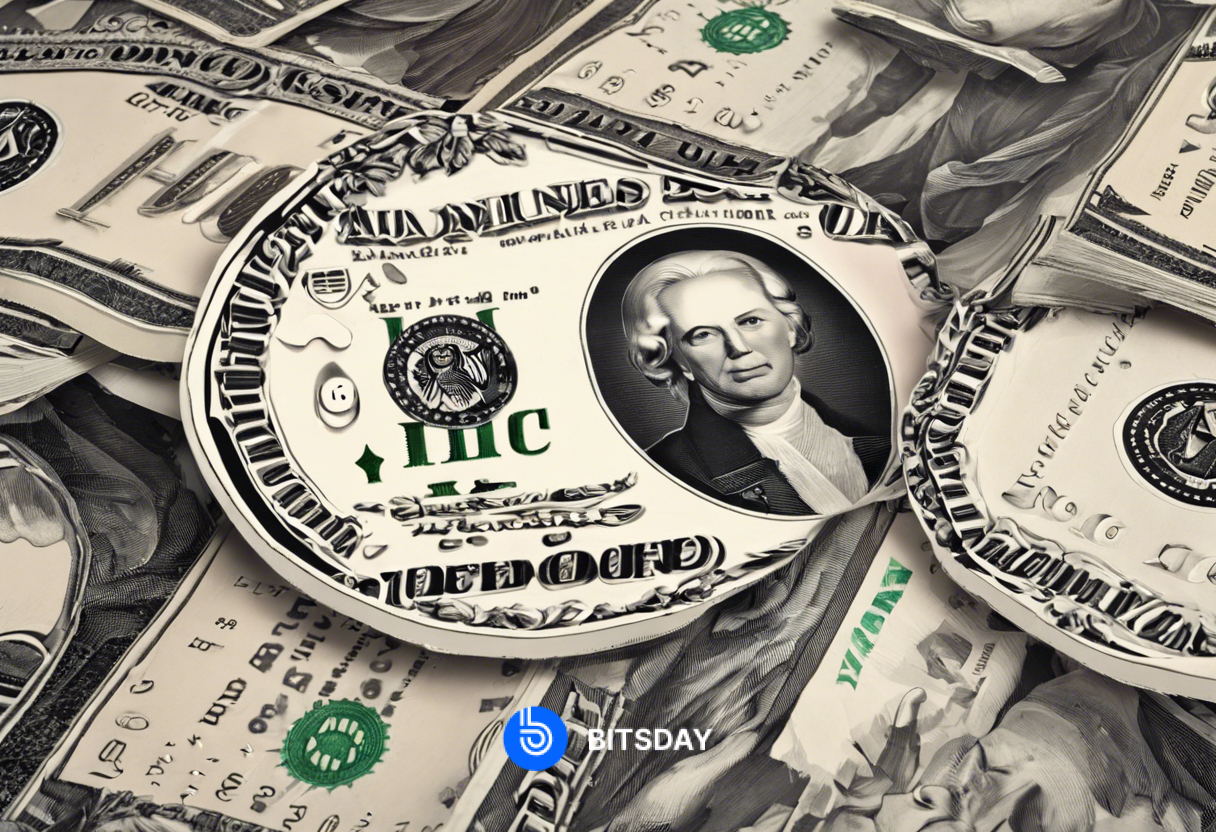- Home
- Police & Regulations
- The Impact of the Lummis-Gillibrand Payment Stablecoin Act on U.S. Crypto Markets
The Impact of the Lummis-Gillibrand Payment Stablecoin Act on U.S. Crypto Markets

The stablecoin market, currently valued at $157 billion, is primarily led by Tether (USDT), a fiat-pegged cryptocurrency known for its significant market share and global presence. The Lummis-Gillibrand bill, if passed into law, promises to level the playing field by allowing U.S. banks to issue their own fiat-pegged tokens without a market cap threshold, potentially giving them a competitive advantage over non-banking entities in the digital asset custody space.
Andrew O’Neil, Managing Director of S&P Global’s Digital Assets Research Labs, emphasizes that this regulatory framework could foster greater blockchain adoption within the financial sector. By enabling banks to tokenize assets and issue digital bonds using on-chain payment rails, the bill encourages efficiency and transparency in settlement processes.
O’Neil highlights the example of BlackRock's Ethereum-based fund, which operates using the USDC stablecoin for liquidity and allows instant share redemption through smart contracts, showcasing the potential for real-time asset management in a 24/7 market environment.
However, the bill's impact on stablecoin giants like Tether remains uncertain. While it doesn't directly affect existing U.S.-based stablecoin products such as PayPal USD, offshore entities like Tether would not be authorized under this proposed regulatory framework. This could potentially disrupt Tether’s dominance, although O’Neil notes that a significant portion of Tether's activities occur outside the United States.
Moreover, decentralized stablecoins like Maker’s DAI and Frax Finance’s FRAX fall outside the bill's scope, as policymakers appear to favor centralized systems such as USDC that mimic traditional financial operations.
The Lummis-Gillibrand Payment Stablecoin Act signals a pivotal moment for the future of stablecoins and digital asset custody in the U.S. financial landscape. If enacted, it could lead to increased competition among providers, stimulate blockchain innovation, and potentially pave the way for broader adoption of tokenized assets and decentralized finance solutions. As the crypto regulatory landscape continues to evolve, industry participants eagerly await further developments and insights into the bill's potential implications.
Read More: Fireblocks Launches Enhanced dApp Security Tool for Institutional Crypto Wallets

Trending



Press Releases

Deep Dives







